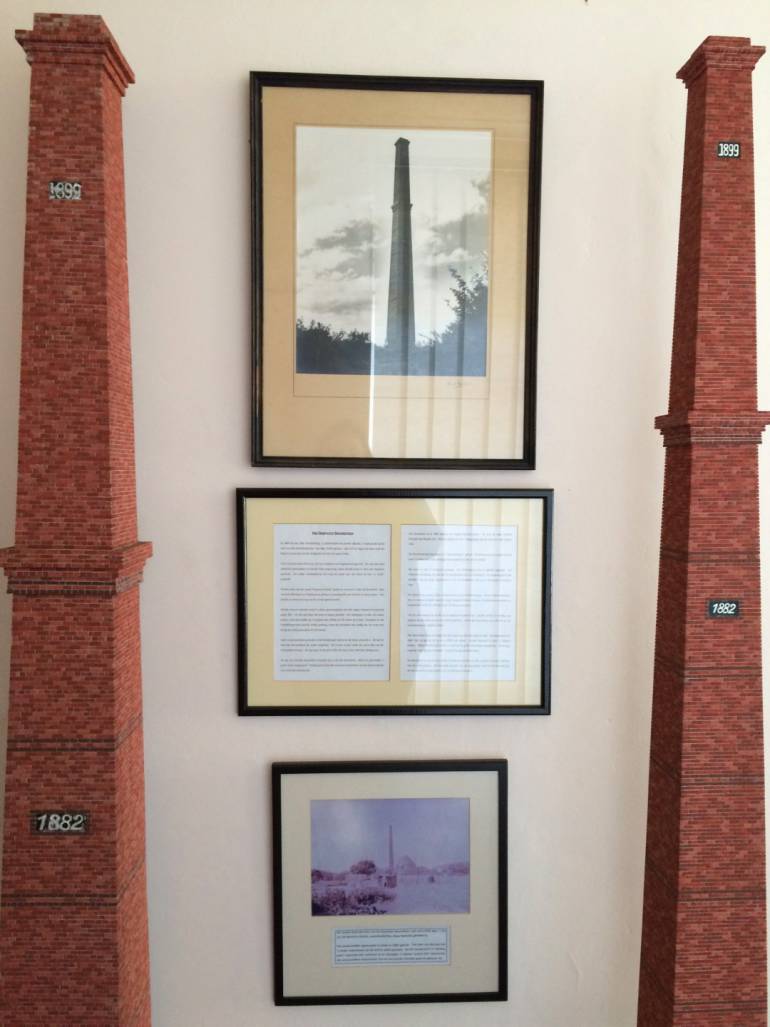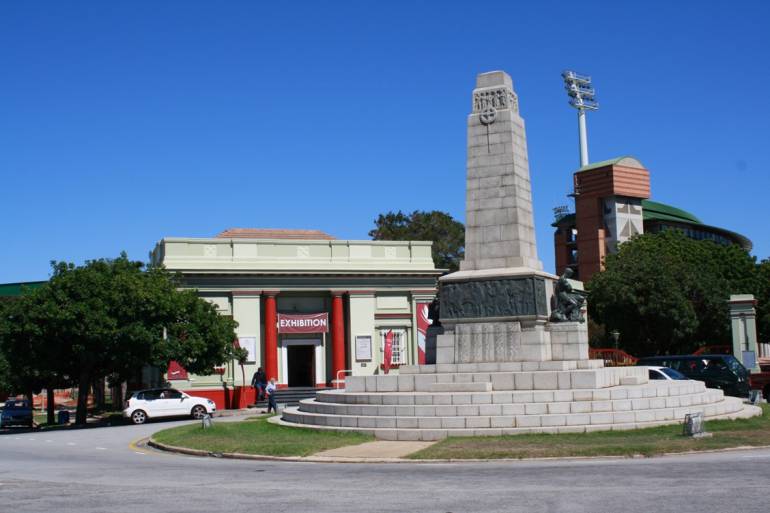International Museum Day in the Bay
There is no shortage of museums in Nelson Mandela Bay, we have it all, in all shapes and sizes, colours and variations. International Museum Day was established in 1977 and every year this day is celebrated around the 18th of May to raise awareness of how important museums are in the development of society.
Participation in International Museum Day is growing among museums all over the world and the message they started to spread in 1977 that “museums are an important means of cultural exchange, enrichment of cultures and development of mutual understanding, cooperation and peace among people” grew to a number of 35 000 museums participating in 2015 around 145 countries.
The theme of the 2016 event is “Museums and Cultural Landscapes” and they put emphasis on the fact that “highlighting the link between museums and cultural heritage enhances the idea of museums as territorial centers involved in actively protecting the cultural landscape”.
If you want to read more about International Museum Day, click here.
Orhan Pamuk said, “Real museums are places where time is transformed into space”.
The museums in and around Nelson Mandela Bay play a pivotal in the changes and growth of the city over the last few years; museums are anything but boring, it’s alive with artifacts and tidbits of information reminding us of who we are, where we came from and how we are moving forward.
Travel Back in Time in the Bay
The oldest museum: Port Elizabeth Museum
The Port Elizabeth museum, now called the Bayworld Museum, is not only the oldest museum in the Bay but also the third oldest museum in South Africa. The museum started in 1856 and saw an incredible transformation from an old place to a dynamic space when museum director, Mr FW Fitzsimons stepped up 50 years later. What makes Bayworld Museum such a unique place is that they don't only showcase artifacts from a bygone area but that education about marine life and reptiles also plays a big role. Today the exhibits include 1908 dinosaur models, a recreation of the herbivorous Algoasaurus, whale bones, 1928 human anatomical models, a canon from the wreck of Sacramento and information about the San and the Khoi.
In the spirit of International Museum Day the Bayworld Museum will have an open day on Sunday 22 May. The entrance will be free to the public and families can join in on all the activities planned.
Keep your calendar open for a "Night at the Museum" event on the 23rd of July; various activities will take place in the Museum and their EEC venue.
For more information, click here.
The most modern museum: VW Autopavillion, Uitenhage
The VW Autopavillion Museum in Uitenhage started in 2004 and is one of the youngest, and definitely the most modern, museums in the Bay with its high glass windows and interesting architectural features. The Autopavillion proudly showcases the history and evolution of the Volkswagen Group in South Africa through state-of-the-art displays, technology and interactive experiences. The museum boast being the only automobile discovery center on the continent and only the fifth worldwide.
The Autopavillion brings entertainment and education to a whole new level, or as they would call it, "edutainment"; you can travel the world in an interactive "movie studio" Beetle, stand next to iconic giants like South Africa's oldest kombi and the friendly Herbie and watch in amazement as a car folds in half when it gets sliced by a laser.
The VW Autopavllion in Port Elizabeth just shows that museums are anything but boring.
For more information, click here.
The biggest museum: Cuyler Manor, Despatch
If you grew up in the Bay you probably had a field trip to Cuyler Manor and dressed up in old clothes, made candles and learned all about the Cape-Dutch homestead of General Jacob Glen Cuyler who acted as the Landdrost of Uitenhage from 1806 to 1827. This farm-like atmosphere and space make Cuyler Manor the Bay's biggest museum and visitors can have hands on experiences that will take them back to 1820, the time of the British Settlers's arrival in South Africa.
For more information, click here.
The smallest museum: Despatch Museum, Despatch
In the middle of Despatch stands Despatch Museum which was the dream vision and initiative of the "Friends of Despatch" group. The museum is filled with interesting tidbits, from old Despatch bricks to small chimney replicas to generous donations of collections and other memorabilia. The walls of the museums are proudly filled with photos of local heroes and talent like Danie Gerber, Rassie Erasmus, Rudi Koertzen and many more. The museum, which may look small from the outside, has a big heart and acts as the town's time capsule remembering and honouring the faces, places, proud moments and history of Despatch.
For more information, click here or call Fanie Pretorius at 076 150 6460 if you want to visit the museum.
The most colourful museum: Nelson Mandela Metropolitan Art Museum
This art museum opened in 1956 as King George VI Gallery and was renamed at the end of 2002 to Nelson Mandela Metropolitan Art Museum. The museum houses a collection of South African art and crafts and there is a special focus on the art of the Eastern Cape Province. The vision of Nelson Mandela Metropolitan Art Museum is to make their collections universally accessible and to provide a source of inspiration that will make a positive difference to peoples' lives.
For more information, click here.
The most photogenic museum: Old Railway Station, Uitenhage
What beats the sight of an old steam locomotive surrounded by bygone pieces, period furniture and old railway equipment in a small quaint station?
The Old Railway Station Museum is home to the first train station in Uitenhage and also one of the oldest stations in the country. At the station you can stroll around the old booking office, the residence of the station master, waiting room, the bar and the luggage room. The Old Railway Station in Uitenhage was also the home of Jack the Baboon, a baboon which was trained to operate the railways signals and push the wheelchair of paraplegic signal man, James Wide. Jack became the first baboon employed by the railway and was paid 20 cents per day.
For more information, click here.
Written by Anje Rautenbach, travel blogger at Going Somewhere Slowly, who partnered with the travel rewards programme Avios and Avis Car Rental on International Museum Day. Follow her journeys around South Africa on Facebook, Twitter and Instagram.
Categories
Featured Posts
-
Unleash the Summer: Essential Travel Hacks for Saving, Safety and Smart Packing
As the temperature rises and the days grow longer, the allure of summer travel becomes…
-

Gqeberha: Tales of Adventure and Exploration
Although this adventure quote might sound cliche and a bit overused, it’s one thing that…
-

101 Things to do in and around Nelson Mandela Bay (Port Elizabeth/Gqeberha)
With an abundance of things to see and do in and around Gqeberha (Port Elizabeth), it is…







